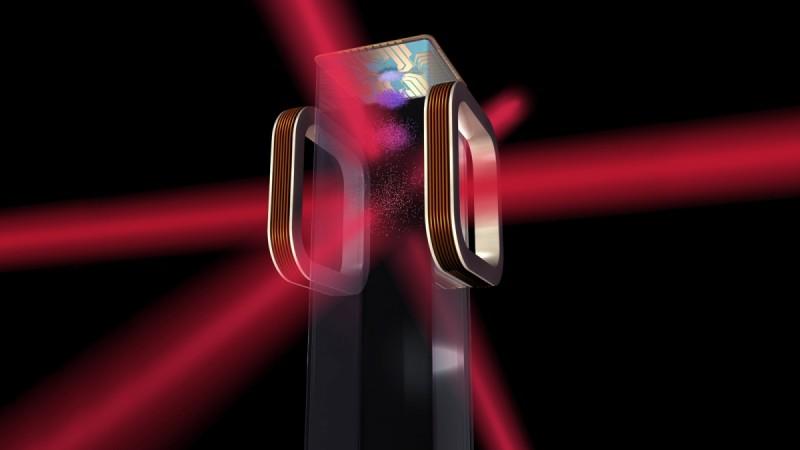
NASA will soon send an ice chest-sized box to the International Space Station (ISS) to create the coolest spot in the universe.
Inside that box, lasers, a vacuum chamber and an electromagnetic 'knife' will be used to cancel out the energy of gas particles, slowing them until they are almost motionless.
Also Read: Mars could have been more habitable than we previously believed! [VIDEO]
This suite of instruments is called the Cold Atom Laboratory (CAL), and has been developed by NASA's Jet Propulsion Laboratory in Pasadena, California.
"Its instruments are designed to freeze gas atoms to a mere billionth of a degree above absolute zero. That's more than 100 million times colder than the depths of space," NASA officials said in a statement.
CAL is in the final stages of assembly at JPL, ahead of a ride to space this August on SpaceX CRS-12.
"Studying these hypercold atoms could reshape our understanding of matter and the fundamental nature of gravity," said Robert Thompson, a CAL project scientist at NASA's Jet Propulsion Laboratory (JPL) in Pasadena, California.
"The experiments we'll do with the Cold Atom Lab will give us insight into gravity and dark energy — some of the most pervasive forces in the universe," he added.
This experiment will be carried out with the help of five scientific teams that plan to conduct experiments using the Cold Atom Lab. Among them is Eric Cornell of the University of Colorado, Boulder and the National Institute for Standards and Technology. Cornell is a Nobel Prize winner who first created Bose-Einstein condensates in a lab setting in 1995.
The results of these experiments could potentially lead to a number of improved technologies, including sensors, quantum computers and atomic clocks used in spacecraft navigation.
Especially exciting are applications related to dark energy detection, said Kamal Oudrhiri of JPL, the CAL deputy project manager.
He noted that current models of cosmology divide the universe into roughly 27% dark matter, 68% dark energy and about 5% baryonic matter.
"This means that even with all of our current technologies, we are still blind to 95 percent of the universe," Oudrhiri said.
"Like a new lens in Galileo's first telescope, the ultra-sensitive cold atoms in the Cold Atom Lab have the potential to unlock many mysteries beyond the frontiers of known physics," he added.









!['Had denied Housefull franchise as they wanted me to wear a bikini': Tia Bajpai on turning down bold scripts [Exclusive]](https://data1.ibtimes.co.in/en/full/806605/had-denied-housefull-franchise-they-wanted-me-wear-bikini-tia-bajpai-turning-down-bold.png?w=220&h=138)



